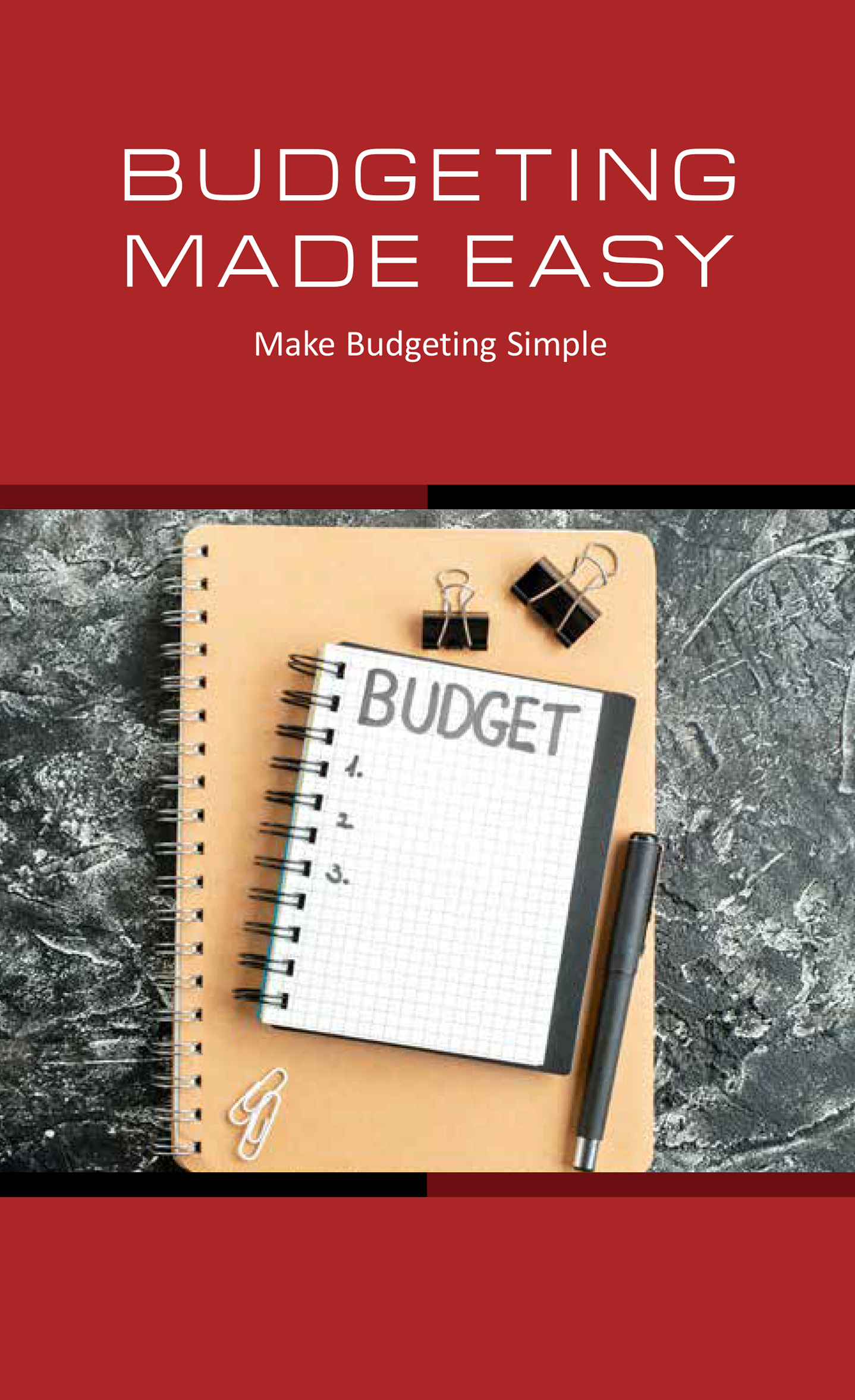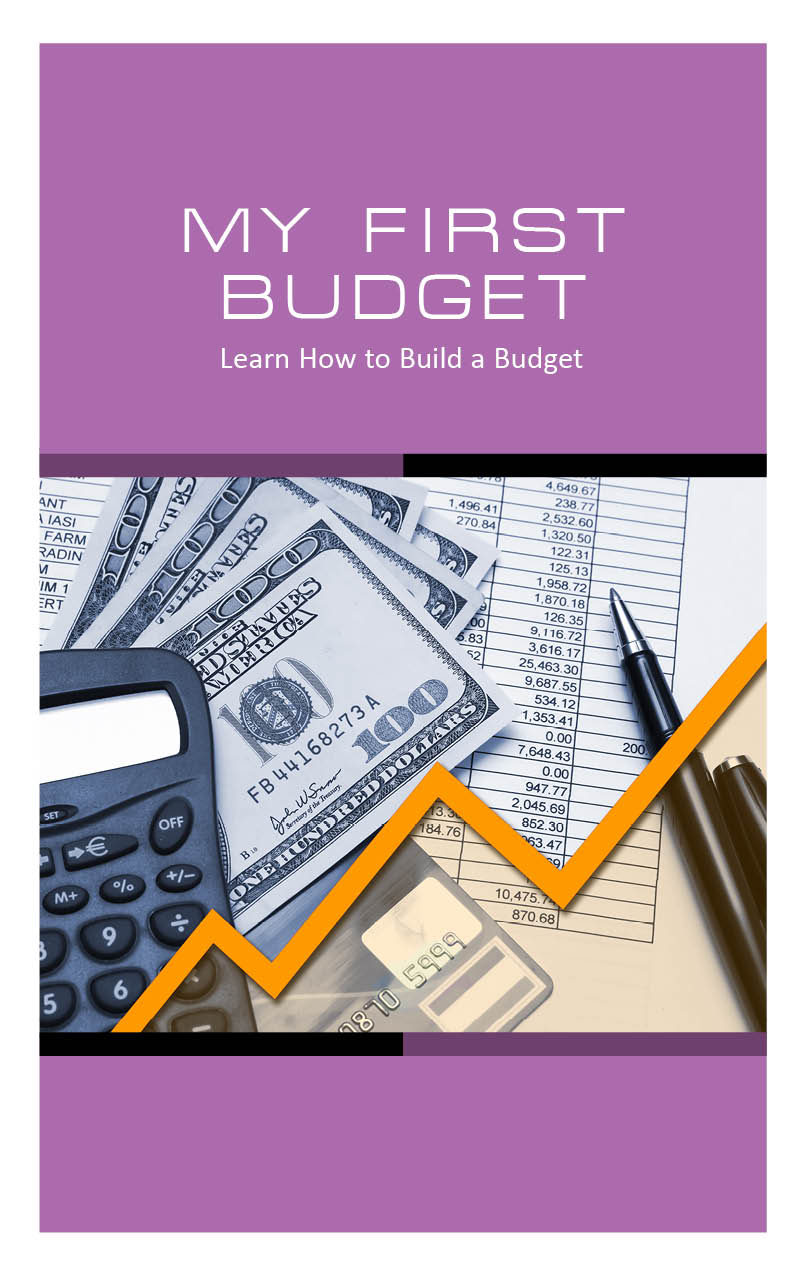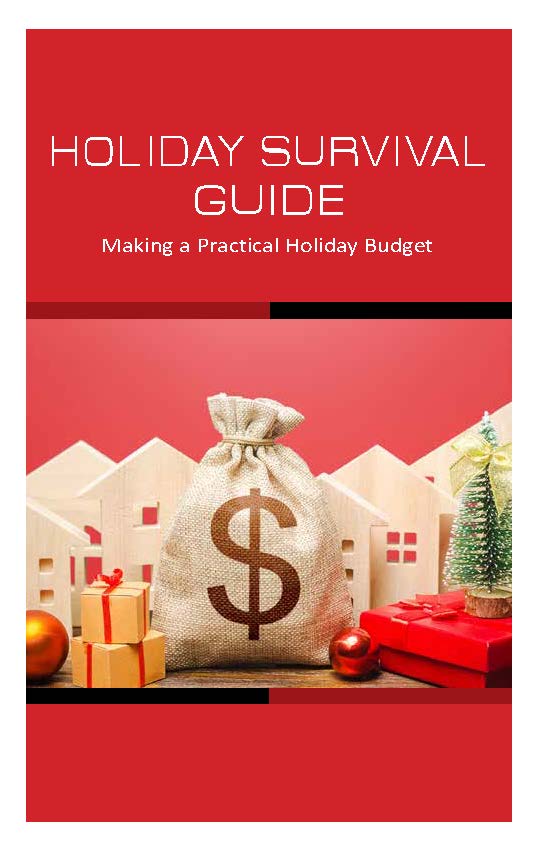See how much home you can afford to help narrow your search.
Buying a home is an exciting time, but it can also be overwhelming as you look for the perfect home to fit your needs. One step that can be beneficial is to prequalify for your loan, so you know how much house you can afford.
It’s always a good idea to get prequalified with a mortgage lender before you start shopping for the home you want. But if you want to start house-hunting and aren’t quite ready to contact a lender, you can prequalify yourself.
How to prequalify to buy a home
This free home loan prequalification calculator can help you prequalify on your own before you contact a lender.
It will tell you how much home you can afford to buy, given your current income and monthly debt payments. It will also tell you how much money you’ll need for the down payment, based on the type of financing you plan to get.
Mortgage prequalifying calculator
5 secrets to overcoming down payment challenges
#1: 80% LTV is only necessary for a traditional loan
LTV refers to loan-to-value ratio. If you have 80% LTV like you see preset on Line 11, it means you made a 20% down payment. This qualifies you for a traditional loan and means you’ll pay no Private Mortgage Insurance (PMI).
A 20% down payment is beneficial during approval, because it’s easier and offers more assurance you won’t be rejected. However, these days 20% is not required to buy a home.
#2: You can qualify for FHA loans with as little as 3% down
FHA loans make it easier to qualify if you don’t have the finances to make a 20% down payment. You can qualify for an FHA loan with a down payment as low as 3%. This would mean your LTV on Line 11 would be set to 97 instead of 80. As you can see, if you adjust LTV, it makes your down payment much more affordable.
#3: Less than 20% down requires PMI
If you put less than 20% down on your new home, you will pay Private Mortgage Insurance (PMI) at first. PMI is money that covers the lender until you achieve 80% LTV. It will increase your monthly payment slightly when you first make payments on your loan.
However, once you achieve 80% LTV, you stop paying PMI; that means the remaining balance on your loan is 80% or less of your home’s value. LTV decreases as you: (1) pay off your loan; (2) your home’s value increases over time.
#4: Down payment assistance programs can help you qualify
If you have trouble making a down payment on your own, down payment assistance programs can help you get approved. These are state, county and municipal programs that provide funds for a down payment if you move to a specific location.
In order to qualify for down payment assistance, you must complete a HUD-approved 8-hour homebuyer course. You will receive a certificate of completion that you can use to qualify for down payment assistance. These programs help you overcome the challenge of generating the funds for your down payment.
#5: Talk to a HUD-certified housing counselor!
Down payment assistance programs are highly specific to where you want to buy. So are other programs, such as closing cost assistance. If you want to buy a home but don’t know how to meet the initial costs, call a housing counselor. You can consult with a local, HUD-certified expert who knows how to get around common roadblocks to homeownership.



















